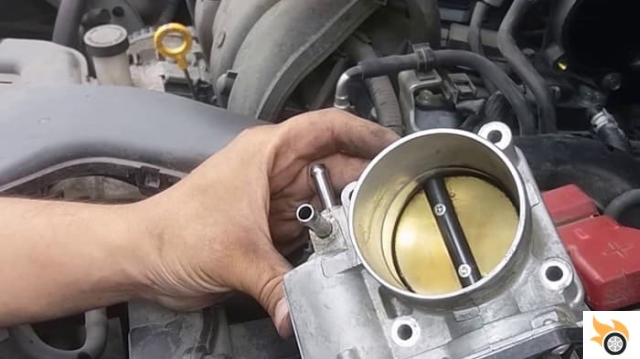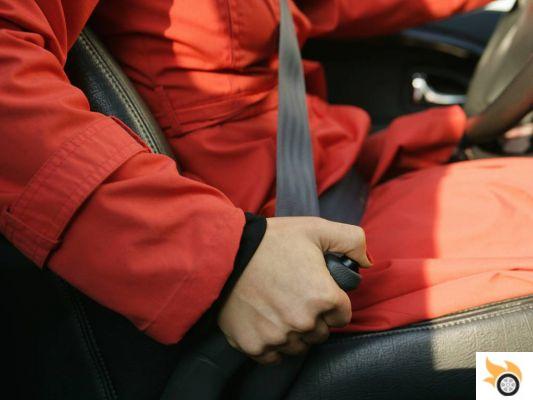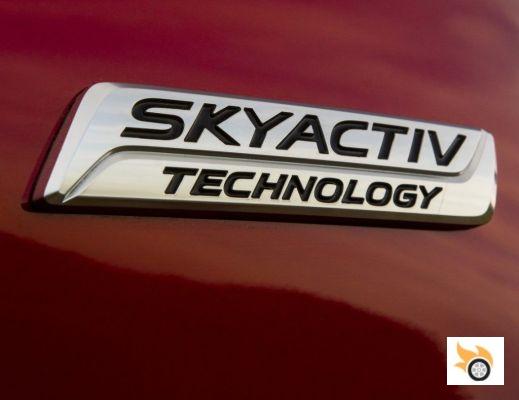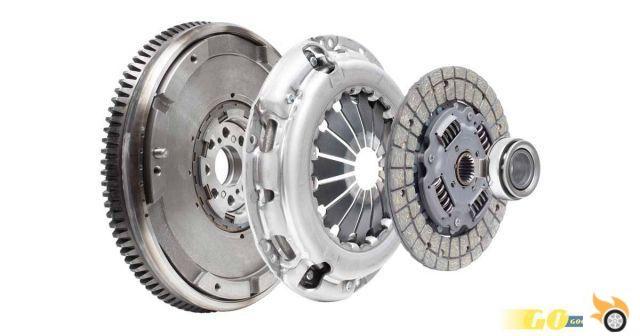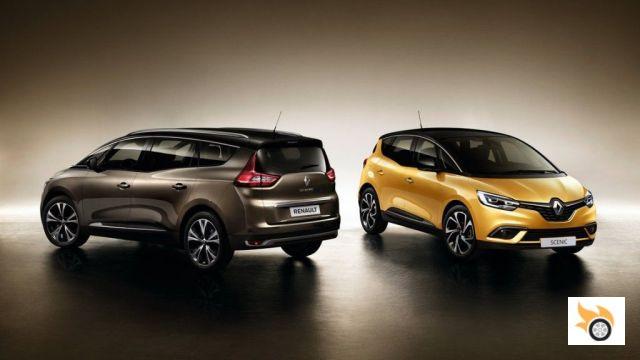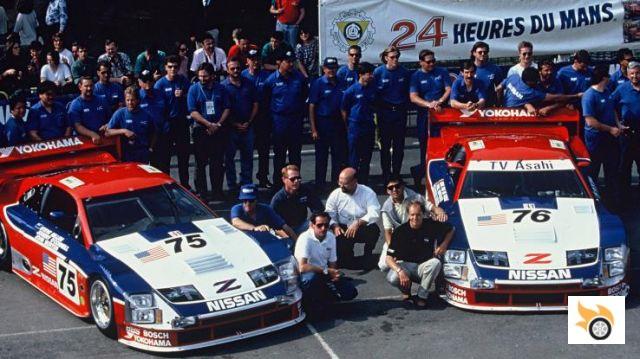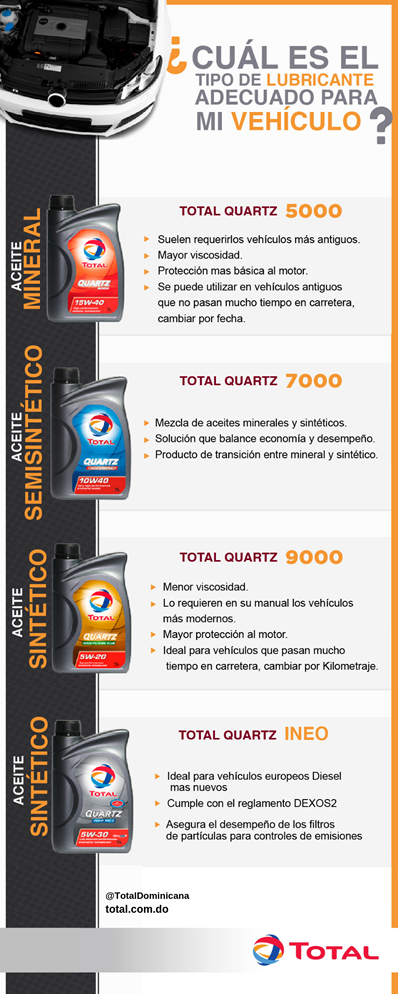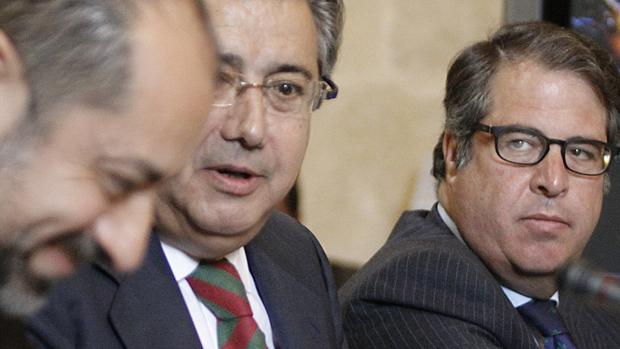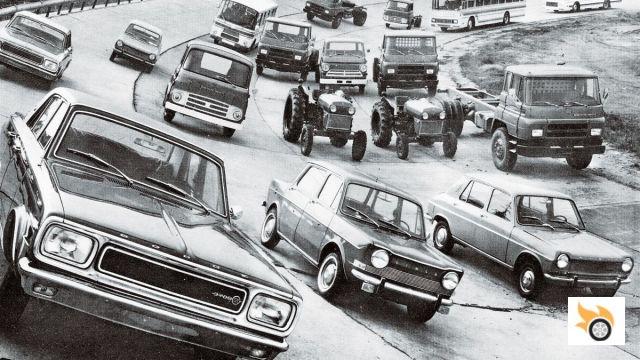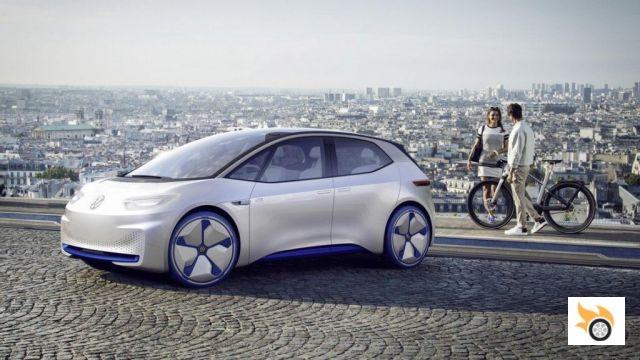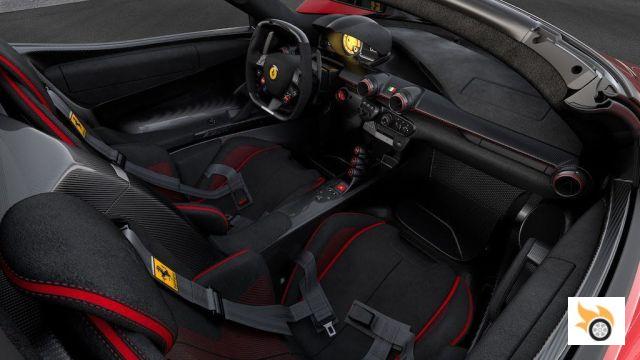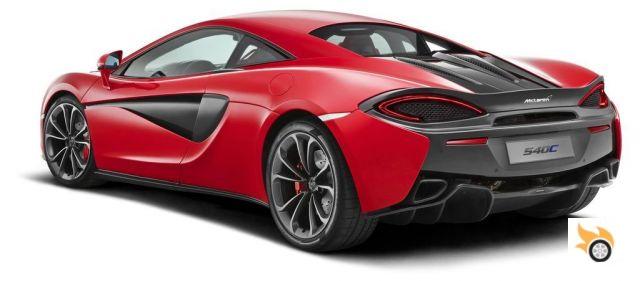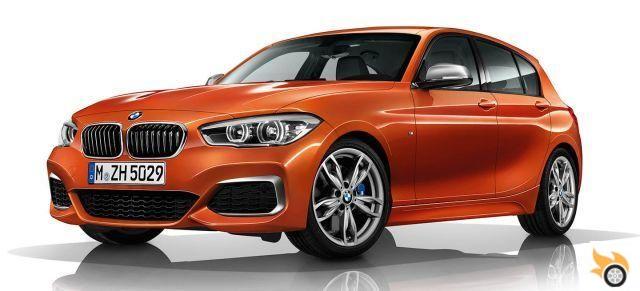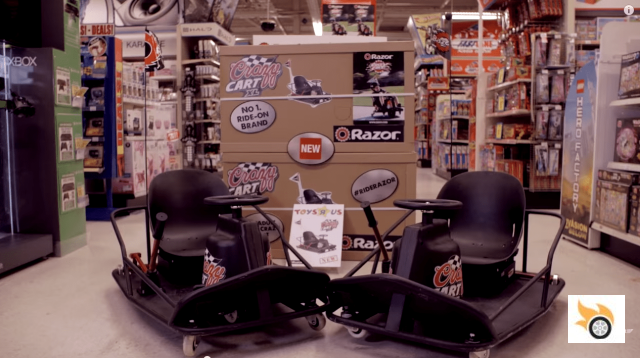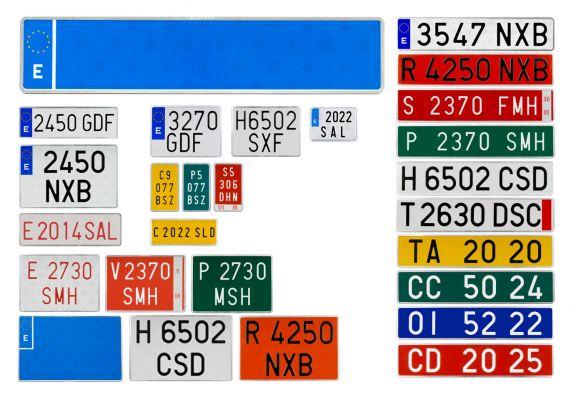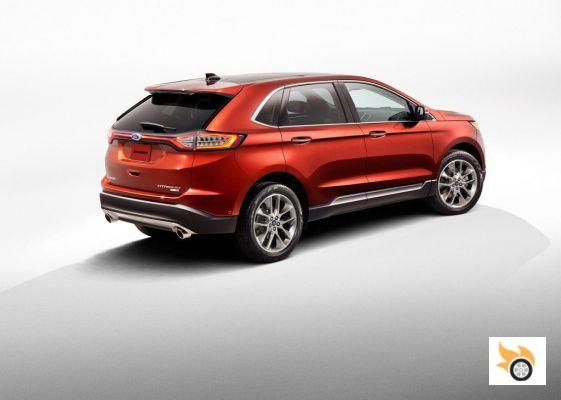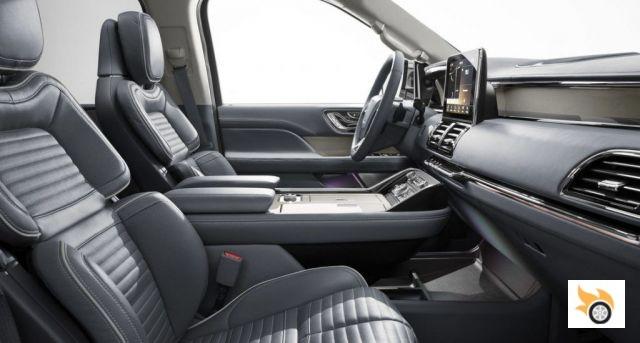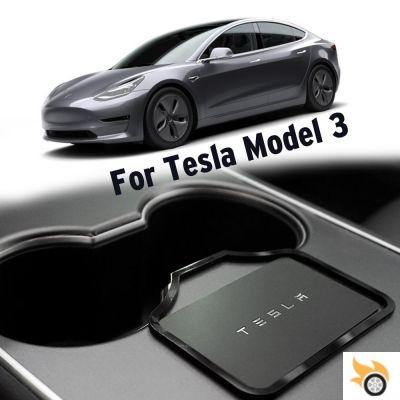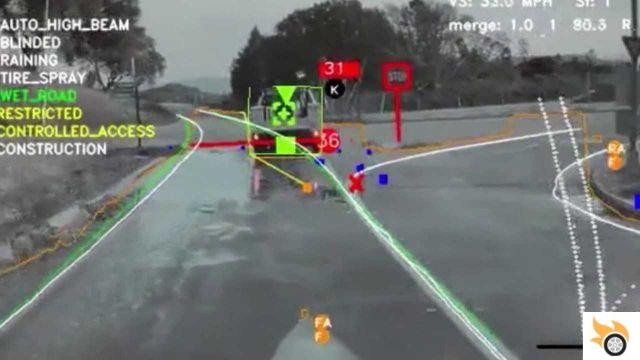
Tesla's Autopilot is often cited as an example when discussing self-driving devices. The system, indeed, is among the most complete in circulation and in some respects the most advanced, even if there are some aspects to improve, even in the light of the huge leaps ahead of competitors.
The technology in the field is so complex that "from the outside" it hasn't even been possible yet decipher all functions which it has. In the past we have analyzed how it works but now a video shows what it "sees" l’Autopilot.
A faithful interpretation of the original
The latest on Tesla
What Autopilot is based on
While there are still many secrets, there are many things that are known about Autopilot. The system is based on a neural network (a sort of artificial brain) which in turn consists of 48 different networks with specific functions.
Each of them analyzes up to 1.000 inputs coming from the surrounding environment and it does 2.300 times per second.
- Analysis of 1.000 variables simultaneously
- Data collection rate of 2.300 times per second

To collect the information, the Autopilot leverages the joint work of a frontal radar, 8 cameras, a 360° sonar and GPS. Each of these devices is intended for a specific task.
With the radar, for example, which reads up to 160 meters, even in fog or dust, with cameras that have different ranges, including between 250 and 60 meters and sonar that monitors the car's surroundings by wrapping it in a sort of sphere of 8 meters radius. Finally, the GPS works precisely on the geolocation of the vehicle, establishing its position with respect to the road.
- 1 radar
- 4 front cameras
- 4 side cameras
- 1 sonar
- 1 Gps

Everything goes through the ASIC
All data collected by cameras and other tracking sensors are processed by a processor called ASIC (acronym which stands for Application Specific Integrated Circuit) which is able to process information and reconstruct the shape, size and arrangement in space of all the detected objects.
Ultimately, this information is used to give the car indications of how to adjust the speed, how to act on the steering and brakes and how to intervene in the event of an accident risk.




